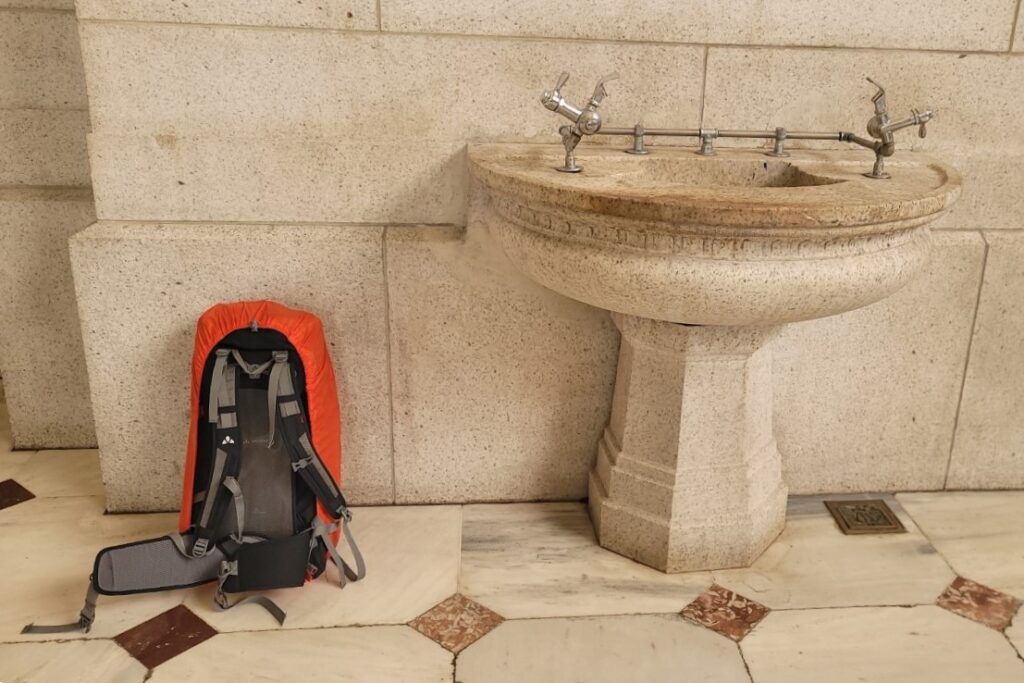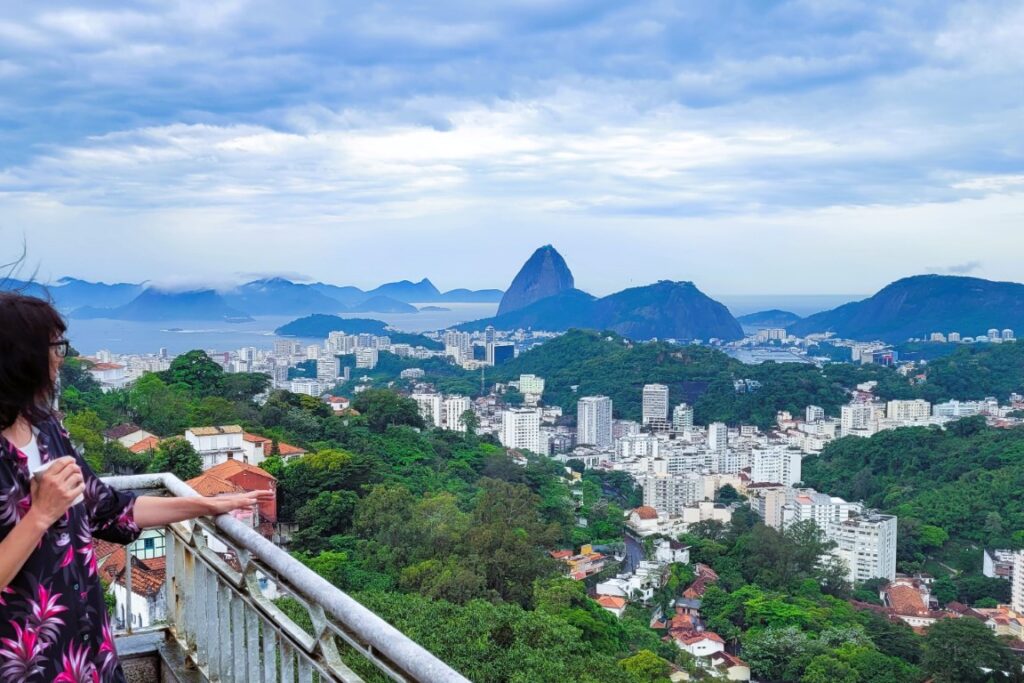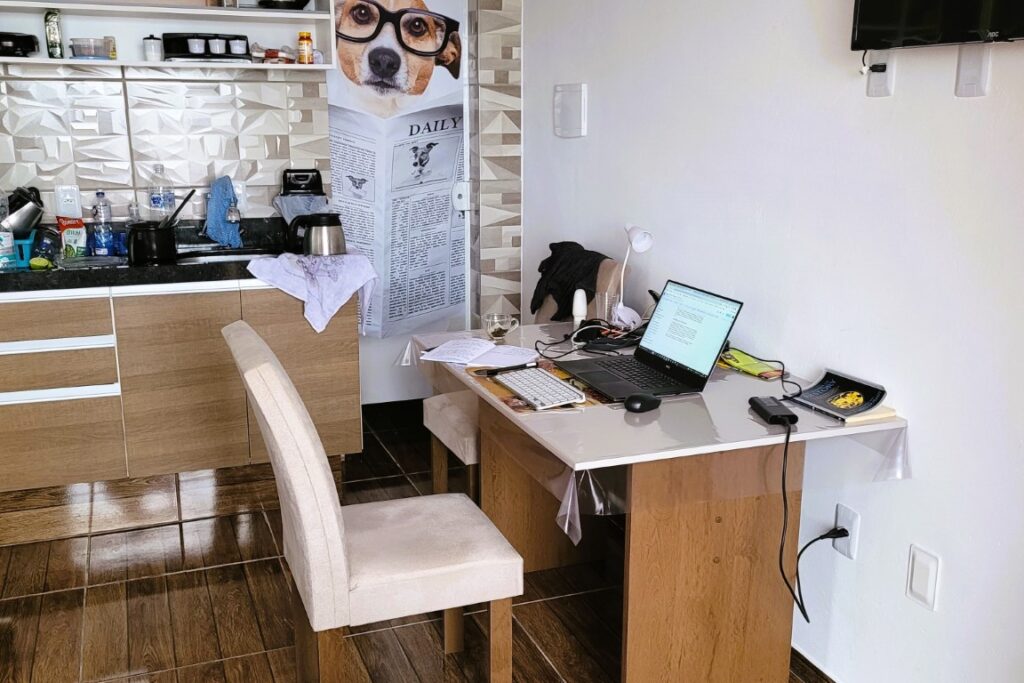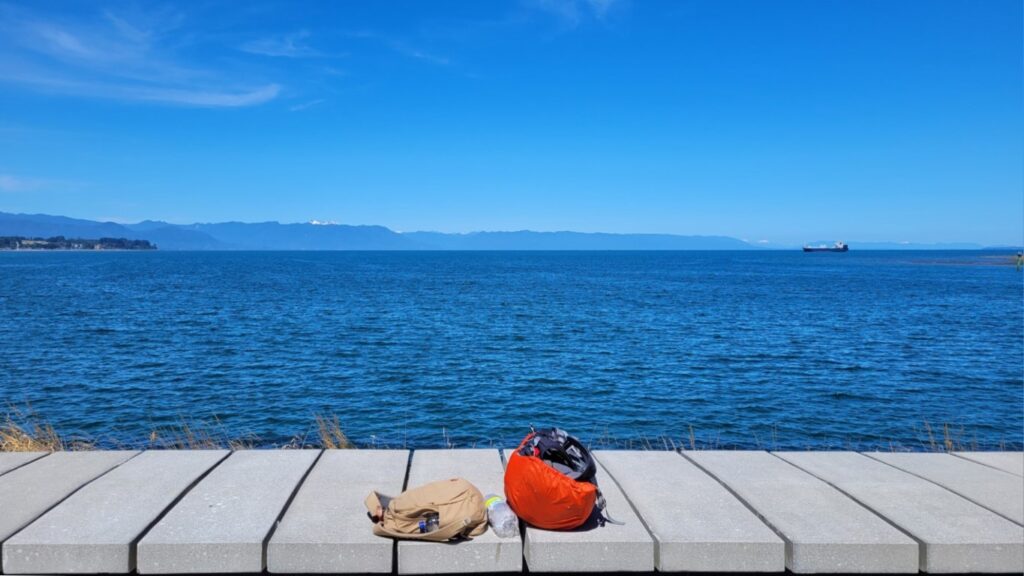I ended up in a basement apartment when the building I lived in was bought by a reseller and turned into short-term rental units. At that time, Montreal’s housing market went off the rails: the rent doubled while the quality of offers halved, leading to evicted tenants preying on new homes while current renters held on to their apartments like precious gems.
During my time in the basement, I had the opportunity to contemplate existential questions, like why such spaces exist in the first place. They may offer shelter from the intense summer heat, but beyond these two months, they are moldy, damp, and dark. Aren’t basements usually reserved for survivalist bunkers, hiding dodgy siblings, or illegal housing in countries where human rights are more of a suggestion? No one should have to live in a basement, and no one should spend half their income on rent. There have to be other ways to live.
So, I decided to put this theory to the test: trying on different living spaces and environments—neighbourhoods, cities, countries, even continents—to figure out what works, what doesn’t, and why. I packed up two backpacks, sold or stored the rest in a 3’x4’ locker, and went to live around the world in temporary rentals like Airbnb.
I’ve been at it for six months, and that’s how I plan to live.
I’m now in a fully equipped studio that feels like a five-star hotel in Rosario, Argentina. I pay $24 CAD a night, or $700 CAD a month. This level of living at this cost was something I can never get in Montreal. I’ve explored different building types, from a courtyard house to an apartment building outside the city center. If not for Airbnb’s location, I never would have learned about certain areas of town.
Transitioning to this lifestyle wasn’t a heartbreak though. I already had one foot in the door: I’m not bothered by material possessions, having picked up my furniture from the street before, and a mattress on the floor suits me fine. I gladly got rid of the cheap furniture I bought from Amazon to furnish my new apartment.
Plus, I lived in Asia previously, which allowed me to redefine what we take for granted in a given nation. But there’s still so much I want to explore or revisit, like Africa, the Balkans, or Europe if my bank account allows.
Surviving on savings and being a frugal wizard (who needs daily meals or taxis?) made this choice feasible. Ultimately, the type of work I do has to align with my lifestyle. As I prefer independent and research-oriented tasks, remote work is a good fit for me. The major downside is that I miss out on the face-to-face interactions with other professionals in a microcosm that fosters relationships, and also rivalries. I have to make mingling happen in other ways, like meeting fellow travellers in housing dedicated to temporary rentals. It’s been positive – I’ve had inspiring chats with like-minded people on the move, interactions I might not have experienced if I stayed put. Meeting people is definitely easier and more frequent when travelling.
I choose a minimalist, nomadic lifestyle not for more freedom, as many claim, but to get more of the feel-good chemicals that come with discovering new places—well, until they get old. Instead of buying or rearranging things around the house every few months, I just relocate. Simple.
Changing homes is easy with two backpacks. I can downsize or splurge to suit my budget or mood. Or spend a night in a hostel dorm if I want to get up to date with the backpacking scene. Knowing that my stay is temporary makes it easier to tolerate noisy neighbours or network issues. Plus, I get my workout naturally just by hauling my backpacks around.
Personally, I feel comfortable in transition spaces. Whether it’s in airports, train stations, ferry terminals, or even bus terminals, I get more creative, motivated, and in the flow when I’m on the move. I don’t see one lifestyle as better than the other; it’s all about personal preference.
Meanwhile, I’m working on making my mobility more efficient. I may consider upgrading to a wheeled suitcase or a rectangular backpack to simplify packing, but I’m not ready to let go of some independence and mobility. I also need to figure out the most efficient and compact way to pack, especially when it comes to carrying shoes—they’re the biggest hassle. For trekking muddy trails or navigating questionable sidewalks, then heading to a fancy restaurant without looking like a backpacker, one pair alone doesn’t do it. Every detail matters when traveling light. Every square inch of plastic. I want to be easily up on my feet but still enjoy the convenience of my tools.
Another important determinant is the length of stay: how long is too long and how short is too short? Too much novelty can be exhausting, and a certain amount of sedentarity is necessary to gain focus and process all the information coming in.
Nomadic life isn’t for everyone. But those comfortable with uncertainties and fatigued by monotony should give it a shot; it’s a natural drug with minimal side effects. While offering its perks, temporary renting also has a negative side that is different from a sedentary life. It’s about knowing which downsides you find easier to deal with.
I’m still trying to understand why being stuck in one place brings me down and why a nomadic lifestyle feels so natural. Maybe we haven’t changed much as humans—we’re just restless beings lured by new territories, and some of us carry the DNA of ancient explorers more than others.
Sometimes I wonder if temporary living is becoming the next big thing after homeownership. Are we done with the permanent lifestyle?






